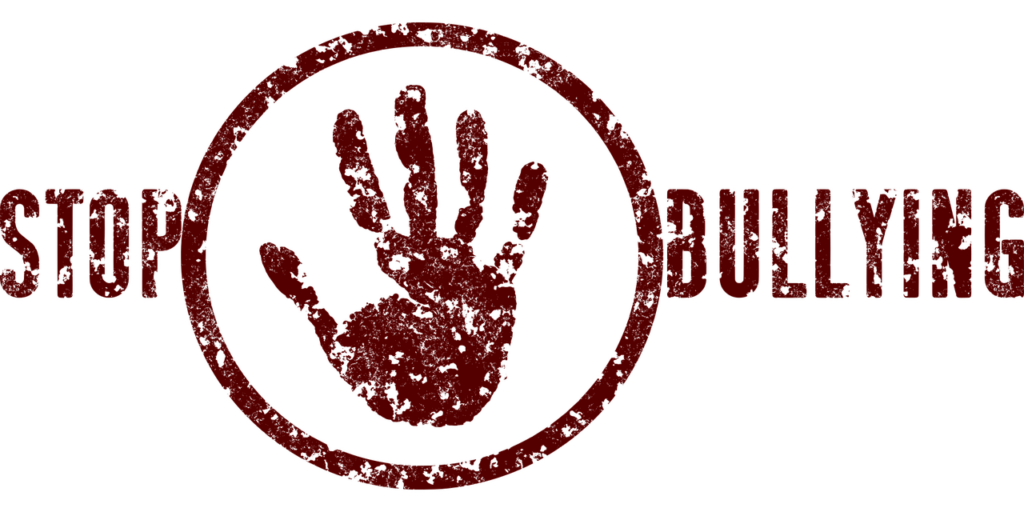
The guessing has already begun about a motive in the shooting of Donald Trump nearly two weeks ago. And at least initially, the thought was that maybe Thomas Matthew Crooks had been bullied.
Whether or not that proves to be the case, bullying often rears its ugly head in cases of crime that have no other explanation. Did Crooks go from being an object of derision to training a high-powered rifle on Trump?
The notion of bullying as a seed of violence was prominent as far back as the Columbine High School massacre in 1999. Killer Dylan Klebold and Eric Harris were first described as bullying victims who exacted revenge on 12 students and one teacher. But the theory wasn’t ironclad, and at least one other scenario pointed to Harris as a born sociopath and Klebold the depressed kid who went along with him – right up to their double suicide that day.
But Columbine brought to national attention an issue that happens every day in quieter but no less destructive ways. Bullying is not a crime, but it can kill the spirit of young people and have lifelong ramifications.
Bullying occurs both in person, and, increasingly, online. Statistics reported by the Pew Research Center from a 2022 survey showed that about a third of parents with children younger than 18 were extremely or very worried their children might be bullied at some point.
About half of teens ages 13 to 17 in the same study called online harassment and bullying a major problem. Black and Hispanic teens, those from lower-income households and young girls are more likely than those in other groups to view online harassment that way, Pew reported.
The classroom was the likeliest scene of bullying that occurred at school between 2019 and 2020, according to numbers from the National Center for Education Statistics. That was the case for 47% of students 12 to 18 who reported being victims in that school year.
Bullying can affect physical and emotional health, both in the short term and later, leading to physical injury, social problems and emotional problems, according to the U.S. Department of Health and Human Services (DHHS).
Bullying victims are at increased risk for mental-health issues, headaches and problems adjusting to school, DHHS data shows. Bullying also can cause long-term damage to self-esteem and even suicide. Children and adolescents who do the bullying are at increased risk for their own substance use, academic problems and violence later in life.
So what can parents do to help?
Teach kids not to be bullies by taking the issue seriously, modeling your own behavior and learning about your child’s social life, recommends kidshealth.org. Help your bullied child by knowing the signs: physical, verbal, or psychological torment that can range from hitting, shoving, name-calling, threats and mocking.
Parents whose kids are silent on the issue need to look for signs, including a child acting differently or seeming anxious, not eating, not sleeping well, or not doing things they usually enjoy. They may also avoid certain situations, like taking the bus to school.
Listen calmly to your bullied child, kidshealth.org suggests, and reassure them that you will figure out what to do about it together. If the bullying happens at school, let a principal, teacher, nurse or counselor know.
For more suggestions, visit kidshealth.org.










